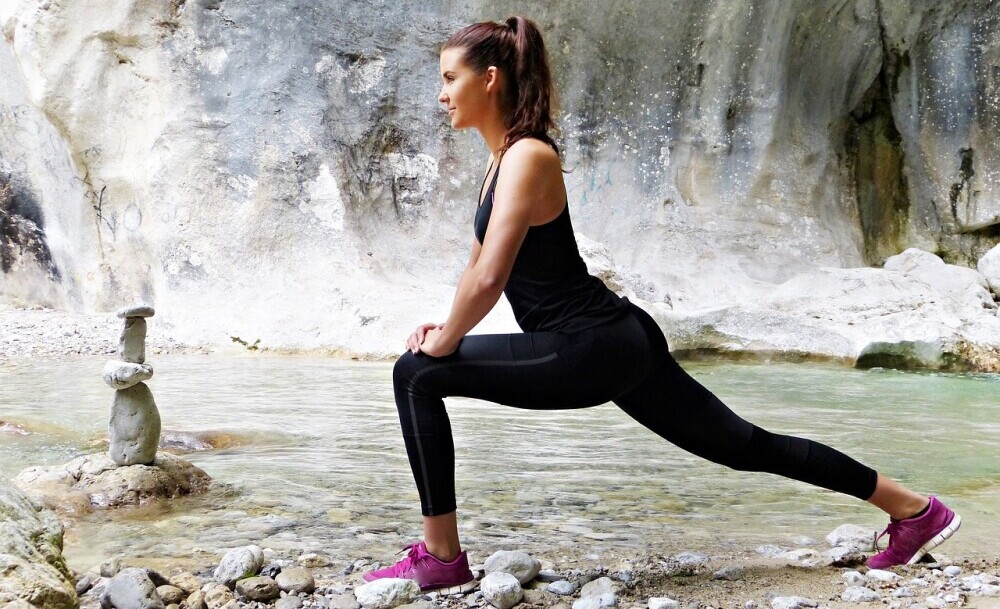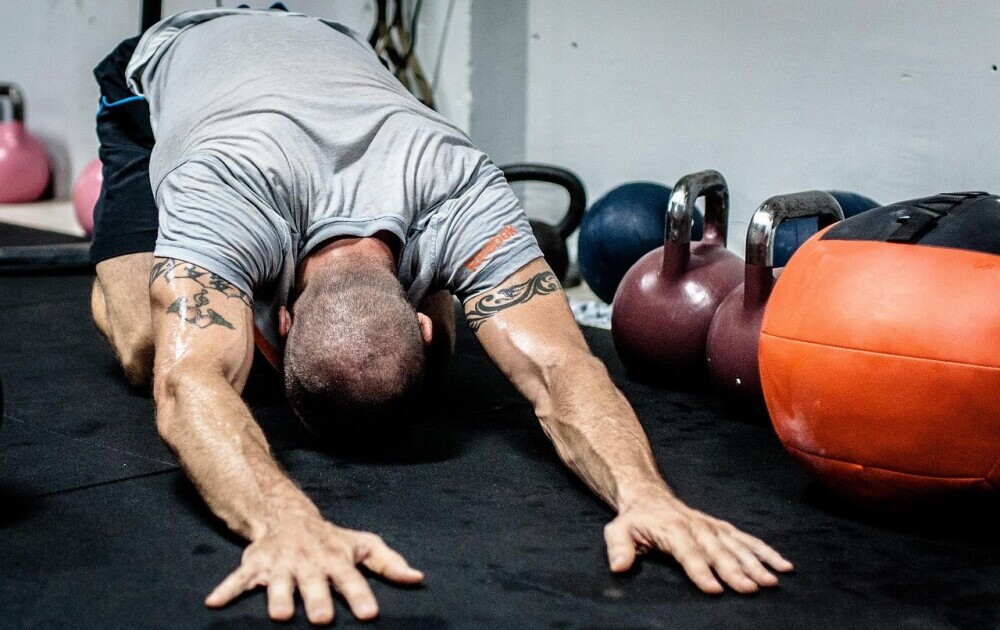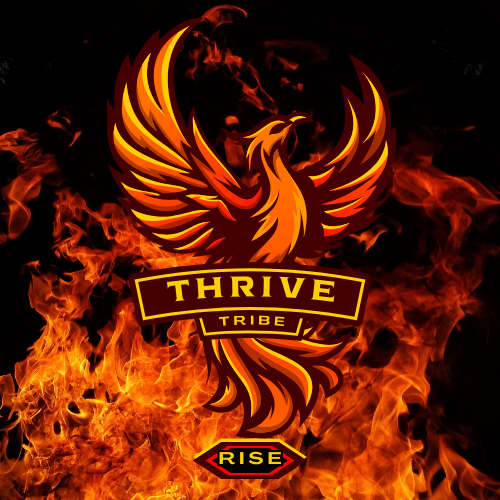The hip flexors are a group of muscles located at the front of your hips. They’re vital because they help you lift your knees and bend at the waist. Imagine these muscles as the link between your upper and lower body, keeping you mobile and flexible. But spend all day at a desk, and they become tight—and that’s where problems start to sneak in.

Sitting for long stretches without moving is like putting your hip flexors in a vice. Over time, they adapt to this shortened position, leading to tightness and strain. You’ll start feeling stiffness, maybe some discomfort when you stand up, or even a slight pain when you try to stretch out. Often, you might not even realize your sedentary habits are the cause.
Spotting tight hip flexors isn’t always easy. Look out for telltale signs like lower back pain, a tilted pelvis, or a noticeable drop in your range of motion. Trust me, these are indicators that your hip flexors are begging for a little attention.
The science backs this up. When we sit too long, our muscles get lazy, essentially. Your hip flexors shorten, your glutes turn off, and your posture takes a hit. This imbalance doesn’t just affect your hips—it can throw your whole body off kilter. It’s a domino effect of discomfort, and if left unchecked, it can lead to more serious issues like chronic pain or mobility problems.
Effective Hip Flexor Stretch Exercises for Desk Workers
Picture this: You’ve been sitting all day, and your hips feel like they’re glued in place. It’s time to get them moving with some stretches that target those stubborn areas. I’m not talking about complicated workouts here—just simple moves that make a big difference.

Start with the classic lunge stretch. Standing up, take a step forward with one foot, bend your front knee, and keep your back leg straight. You should feel a stretch in the front of your hip on the back leg. Hold it there and breathe through it, letting the tension ease out of your muscles.
The butterfly stretch is another winner. Sit down, bring the soles of your feet together, and let your knees drop to the sides. Gently push down on your thighs. You’re aiming to open up those hip muscles that have been cooped up all day.
Consistency is key with these stretches. Just a few minutes each day can set you on the path to less pain and better mobility. Start small, maybe during a break, and gradually extend your routine as you get more comfortable.
Using visuals can really help get the hang of these stretches. Checking out online videos or diagrams can give you the confidence that you’re doing it right and maximizing the benefits for your hip flexors.
I’ve met folks who were struggling with daily discomfort. They tried these stretches and noticed real changes. It’s the little things, like not having to shuffle awkwardly when standing up, that made a difference for them.
Physiotherapists agree: Regular stretching works wonders for mobility and flexibility. These pros back up that getting your stretch on—daily—is an investment in a healthier, more comfortable lifestyle. That’s advice we should all take to heart.
Maintaining Long-term Mobility: Integrating Flexibility into Daily Life
Sticking to a stretching routine might feel daunting with jam-packed schedules, but slip it into your daily life, and it becomes second nature. Set reminders on your phone to break away from your desk and knock out a couple stretches throughout the day. These short breaks can work wonders for your body.

Not only is regular stretching crucial, but keeping workspace ergonomics in check can steer you away from future issues as well. Check your chair height, screen level, and posture throughout the day. Small tweaks to your desk setup can make a world of difference. No more hunching over your keyboard!
Pair stretching with some strength training exercises for a balanced approach to hip health. Include simple moves like squats or wall-sits to give those muscles a workout. A combo of strength and flexibility keeps your body resilient and ready to handle whatever life throws at you.
A balanced lifestyle isn’t just about exercise—it’s about mental health too. Balance your routine with activities that recharge your mind, like a walk outside or a minute of meditation. You don’t have to conquer it all at once; gradual changes lead to lasting habits.
Tools can be a great help along the way. Use yoga blocks, resistance bands, or even a trusty timer to keep your routine on track. These tools can add a touch of fun and variety to your stretches, making them something to look forward to rather than just checking a box.
